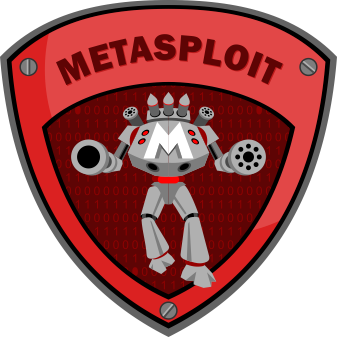
This course is ideal for penetration testers, security enthusiasts and network administrators.
A non-exhaustive list of topics to be taught includes:

This course is ideal for penetration testers, security enthusiasts and network administrators.
A non-exhaustive list of topics to be taught includes:

This course is ideal for penetration testers, security enthusiasts and network administrators.
A non-exhaustive list of topics to be taught includes:
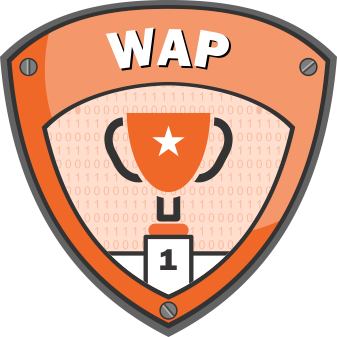 We will be hosting interesting web application security challenges in this section for our students to try out. Challenges will be categorized into Beginner, Intermediate and Advanced Levels. We will either allow you to download Virtual Machines or point you to hosted sites which we have put up.
We will be hosting interesting web application security challenges in this section for our students to try out. Challenges will be categorized into Beginner, Intermediate and Advanced Levels. We will either allow you to download Virtual Machines or point you to hosted sites which we have put up.
In case you are new to web application security, please note that we have already started posting the videos of our Web Application Security Course. However, this section is independent of that course.
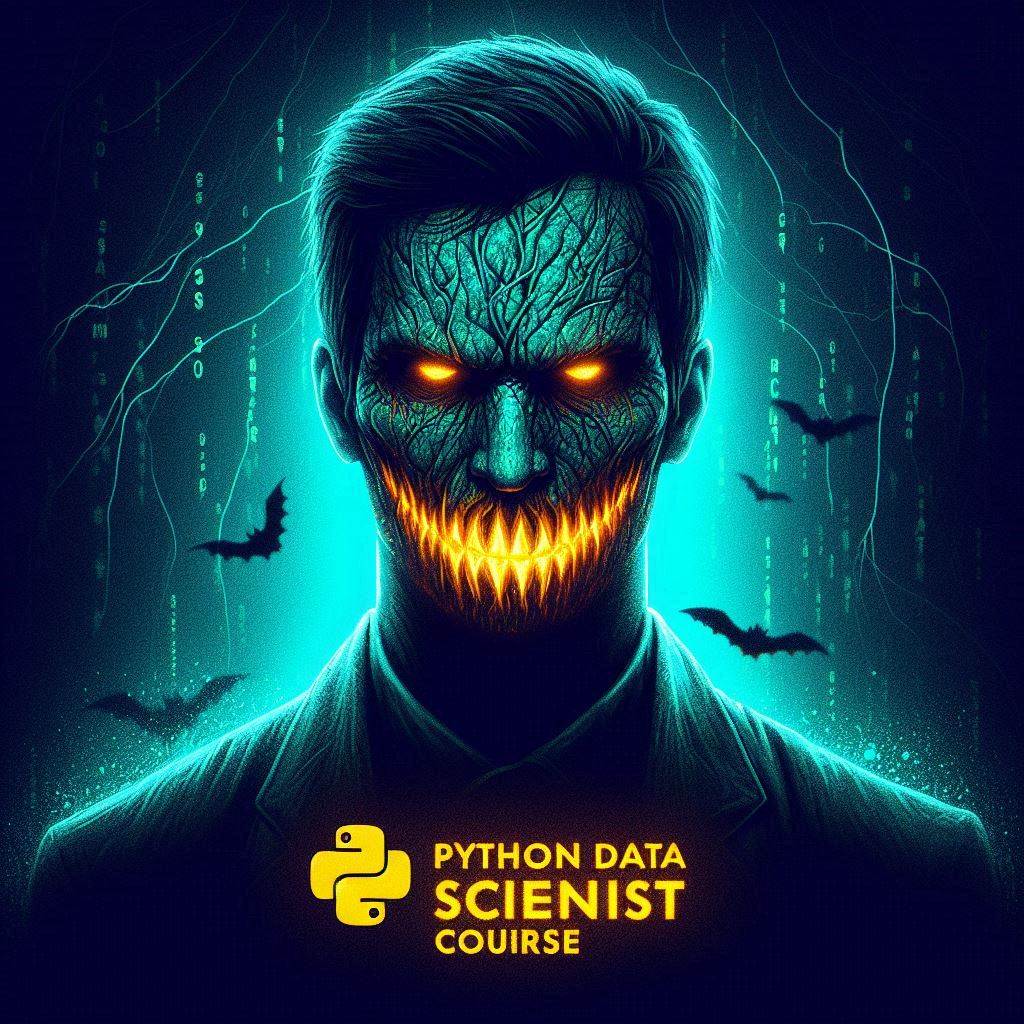
The Python Data Scientist course offered by INE provides a comprehensive, hands-on learning experience tailored for individuals aiming to excel in data science using Python. This course covers a wide range of essential topics, tools, and techniques, equipping students with the skills necessary to tackle real-world data challenges effectively.
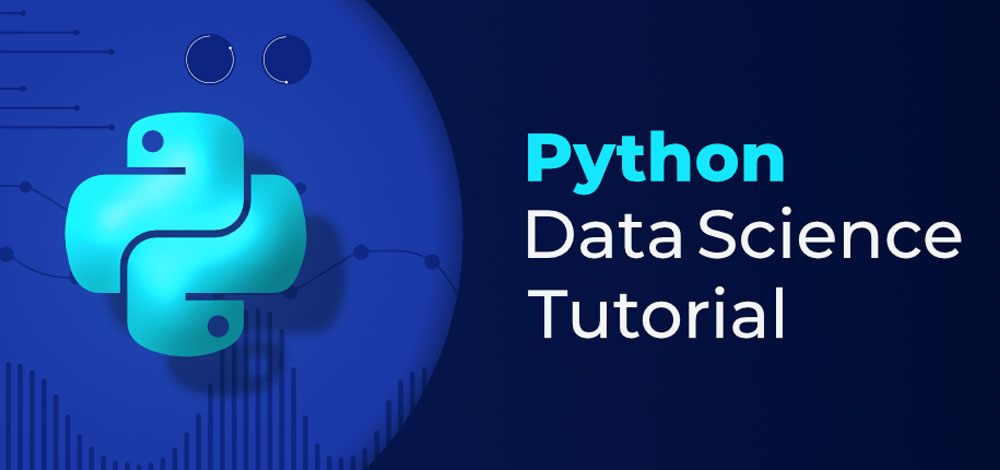
Data Science is one of the fastest growing disciplines in IT. It’s a unique speciality that combines Programming, Mathematics (statistics, algebra, calculus), Data Analysis and management (SQL, storytelling) and Machine Learning. As the fastest growing IT area, the demand for qualified experts is skyrocketing, with sites like Glassdoor, LinkedIn and Indeed listing it as one of the Most Wanted / Most Needed specializations for recruiters. INE’s Data Science approach is unique: our curriculum includes a combination of advanced videos with a hands-on approach using online coding exercises, hosted Jupyter Notebooks and Capstone projects. This first initial Learning Path is a quick overview of what Data Science is, and what you can expect to know by the end of your journey.
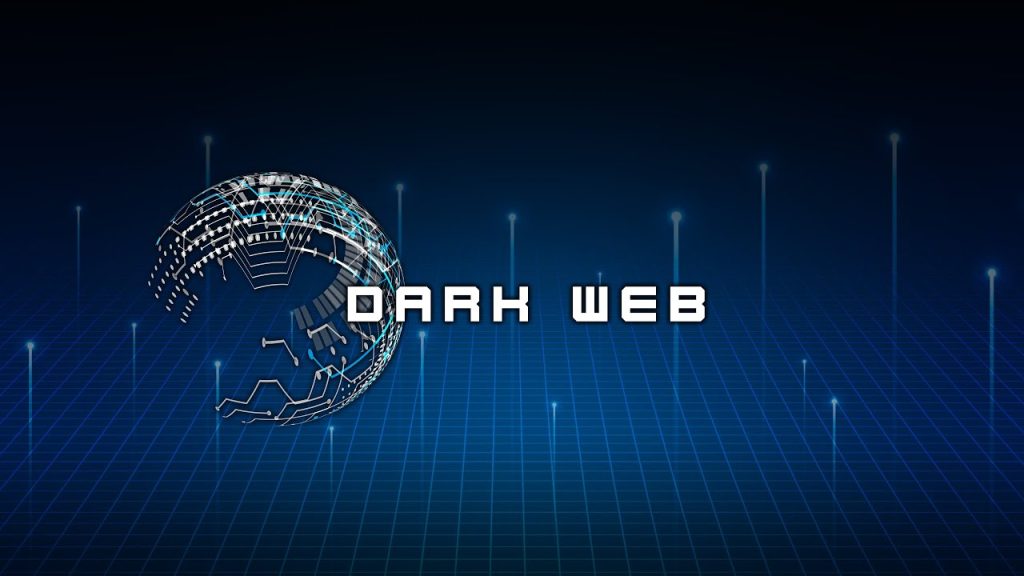
Dark Web Forensics Deep Dive For Ethical Hackers, In this workshop you will be given a tour of the dark web and walked through the technical details of how it works. You will get hands-on experience conducting dark web investigations. This includes how to identify relevant information and how to investigate it. This training is useful for any forensic investigator but is particularly interesting to those trying to trace data leaks, financial crimes, and cyber-related crimes. This workshop includes hands-on labs.